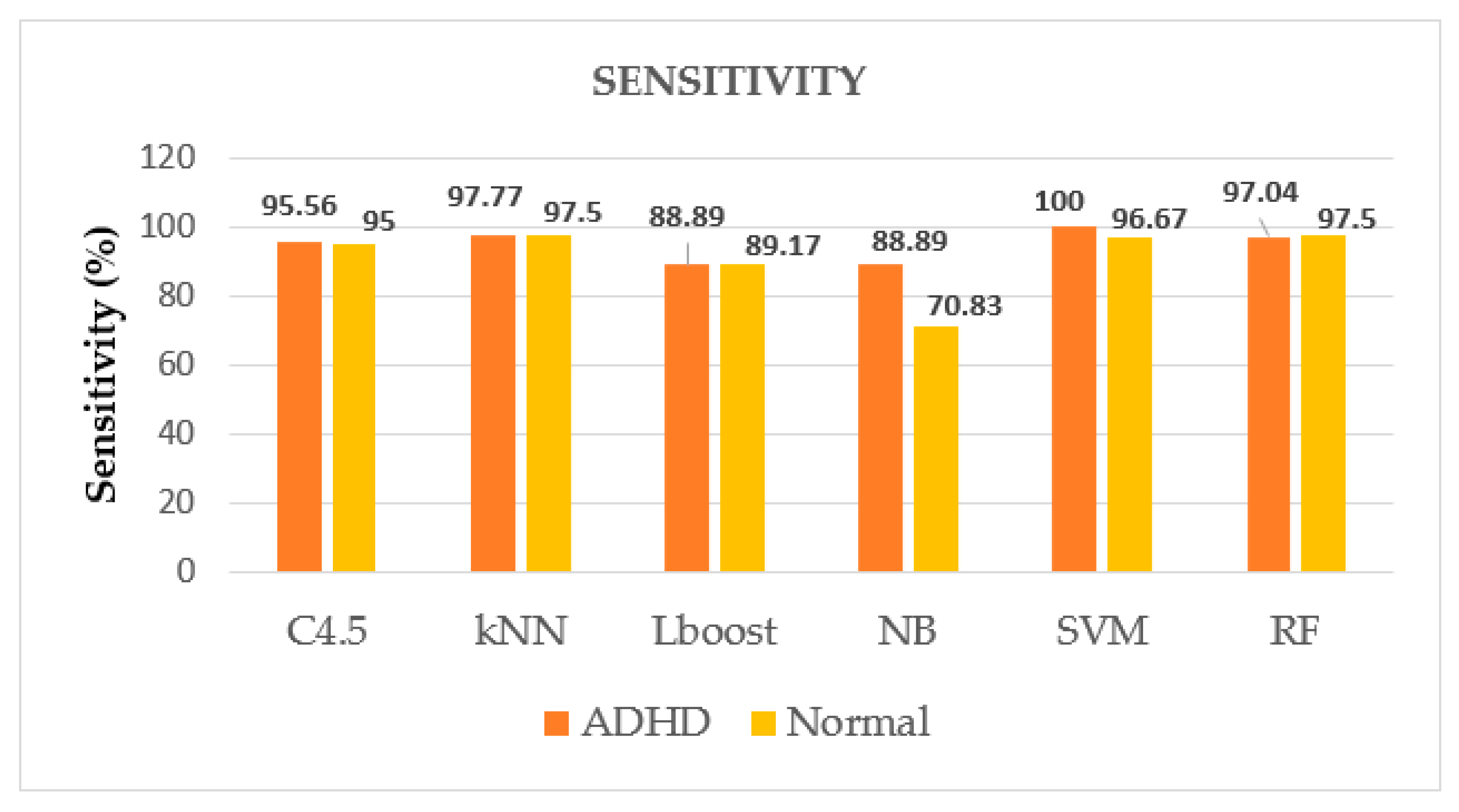Research Indicates Elevated ADHD Prevalence Among Adults With Autism And Intellectual Disability

Table of Contents
Understanding the Comorbidity of ADHD, Autism, and Intellectual Disability
Defining the Conditions
Attention-Deficit/Hyperactivity Disorder (ADHD) is a neurodevelopmental disorder characterized by inattention, hyperactivity, and impulsivity. Autism Spectrum Disorder (ASD) encompasses a range of neurodevelopmental conditions marked by persistent deficits in social communication and interaction, and restricted, repetitive patterns of behavior, interests, or activities. Intellectual disability (ID) involves significant limitations in both intellectual functioning and adaptive behavior, originating before the age of 18. These conditions often share overlapping symptoms, making diagnosis complex.
Challenges in Diagnosing Co-occurring Conditions
Distinguishing between the symptoms of ADHD, autism, and intellectual disability can be particularly challenging in adults. Many symptoms overlap, creating diagnostic ambiguity.
- Overlapping Symptoms: Inattention, impulsivity, and difficulty with executive functions—all hallmarks of ADHD—are also frequently observed in individuals with autism and intellectual disability. This makes it difficult to isolate the contribution of ADHD from other underlying conditions.
- Challenges in Assessment Tools: Many assessment tools for ADHD were developed for neurotypical populations and may not accurately capture the unique symptom presentations in individuals with autism and intellectual disability.
- Importance of Comprehensive Assessment: A thorough and multifaceted assessment is crucial. This requires professionals to consider the individual’s developmental history, current functioning, and symptom profile within the context of their existing diagnoses.
Prevalence Rates and Research Findings
Several studies have demonstrated a significantly elevated prevalence of ADHD among adults with both autism and intellectual disability. While precise figures vary across studies, a consistent pattern emerges.
- Key Studies and Methodologies: Studies employing structured diagnostic interviews and behavioral rating scales have consistently shown higher rates of comorbid ADHD in this population compared to adults with autism or intellectual disability alone. However, methodological variations (e.g., sample size, diagnostic criteria) may account for some differences in reported prevalence.
- Magnitude of Comorbidity: The increased prevalence of co-occurring ADHD highlights the significant clinical implications of this comorbidity. A substantial portion of adults with both autism and intellectual disability likely experience undiagnosed or undertreated ADHD.
- Limitations in the Research: Further research is needed to clarify the precise prevalence rates across various populations and to explore potential genetic or environmental factors contributing to this comorbidity. Longitudinal studies tracking individuals across their lifespan could provide valuable insights.
Impact of Co-occurring Conditions on Daily Functioning
Challenges in Daily Life
The co-occurrence of ADHD, autism, and intellectual disability presents significant challenges across various aspects of daily life.
- Employment Difficulties: Difficulties with attention, organization, and social interaction can severely limit employment prospects and job performance.
- Social Interaction Challenges: Individuals may struggle with initiating and maintaining social relationships, leading to social isolation and decreased quality of life.
- Academic or Vocational Limitations: Difficulties with executive functioning, learning, and self-regulation often impact academic achievement and vocational training success.
- Independent Living Skills: Challenges with daily living tasks such as personal care, budgeting, and managing medications can hinder independent living.
- Mental Health Concerns: Individuals with these co-occurring conditions often experience increased rates of anxiety and depression, further compounding their challenges.
Impact on Support Systems
The complex needs of individuals with co-occurring ADHD, autism, and intellectual disability place a significant burden on family members and caregivers.
- Increased Caregiving Burden: Families often face increased demands for support, supervision, and assistance with daily tasks.
- Financial Strain: The costs associated with specialized therapies, medications, and support services can place a significant financial burden on families.
- Access to Appropriate Resources and Support: Navigating the complex healthcare system and accessing appropriate resources and support services can be daunting for families and individuals.
Implications for Diagnosis and Treatment
Comprehensive Assessment Strategies
Accurate diagnosis and effective treatment require a comprehensive assessment approach that considers the co-occurrence of ADHD, autism, and intellectual disability.
- Multidisciplinary Approach: A multidisciplinary team, including psychologists, psychiatrists, occupational therapists, and speech therapists, should participate in the assessment process.
- Use of Multiple Assessment Methods: Assessment should incorporate a range of methods, including structured interviews, behavioral rating scales, observation, and neuropsychological testing, to gain a holistic understanding of the individual's strengths and challenges.
Tailored Treatment Approaches
Treatment plans should be individualized to address the unique needs of each individual.
- Medication Management: In appropriate cases, medication can be used to manage ADHD symptoms, improving attention, focus, and impulse control.
- Behavioral Therapies: Cognitive Behavioral Therapy (CBT) can help individuals develop coping strategies for managing symptoms and improving daily functioning. Parent training may also be beneficial.
- Social Skills Training: Social skills training programs can enhance social interaction skills and improve social relationships.
- Vocational Rehabilitation: Vocational rehabilitation services can assist individuals in developing job skills and finding employment opportunities.
Conclusion
Research clearly indicates an elevated prevalence of ADHD among adults with autism and intellectual disability. The significant overlap in symptoms presents challenges in diagnosis, but comprehensive assessment using a multidisciplinary approach is crucial. Tailored treatment plans that address the unique needs of each individual are vital for improving their quality of life. Understanding the complexity of "ADHD prevalence among adults with autism and intellectual disability" is crucial for effective intervention. If you or someone you know is struggling with symptoms of ADHD, autism, or intellectual disability, it's crucial to seek a comprehensive evaluation. Understanding the interplay of these conditions is vital for effective treatment. Learn more about resources for diagnosing and managing ADHD prevalence among adults with autism and intellectual disability by visiting [link to relevant resource].

Featured Posts
-
 The Zuckerberg Trump Dynamic Implications For The Tech Industry
Apr 29, 2025
The Zuckerberg Trump Dynamic Implications For The Tech Industry
Apr 29, 2025 -
 Zuckerbergs New Chapter Navigating The Trump Presidency
Apr 29, 2025
Zuckerbergs New Chapter Navigating The Trump Presidency
Apr 29, 2025 -
 Recognizing Adult Adhd 8 Subtle Clues
Apr 29, 2025
Recognizing Adult Adhd 8 Subtle Clues
Apr 29, 2025 -
 March 3 2025 Nyt Strands Guide To Solving The Puzzle
Apr 29, 2025
March 3 2025 Nyt Strands Guide To Solving The Puzzle
Apr 29, 2025 -
 Pacult Geht Jancker Kommt Die Zukunft Der Austria Wien
Apr 29, 2025
Pacult Geht Jancker Kommt Die Zukunft Der Austria Wien
Apr 29, 2025
Latest Posts
-
 Jessica Simpsons Painful Divorce A Public Confession
May 12, 2025
Jessica Simpsons Painful Divorce A Public Confession
May 12, 2025 -
 The End Of An Era Jessica Simpsons Reflections On Marriage And Loss
May 12, 2025
The End Of An Era Jessica Simpsons Reflections On Marriage And Loss
May 12, 2025 -
 Jessica Simpson And Eric Johnson A Public Appearance Following Separation Announcement
May 12, 2025
Jessica Simpson And Eric Johnson A Public Appearance Following Separation Announcement
May 12, 2025 -
 The Comeback Jessica Simpson Performs After A 15 Year Break
May 12, 2025
The Comeback Jessica Simpson Performs After A 15 Year Break
May 12, 2025 -
 Are Jessica Simpson And Eric Johnson Back Together New Sighting Sparks Debate
May 12, 2025
Are Jessica Simpson And Eric Johnson Back Together New Sighting Sparks Debate
May 12, 2025
